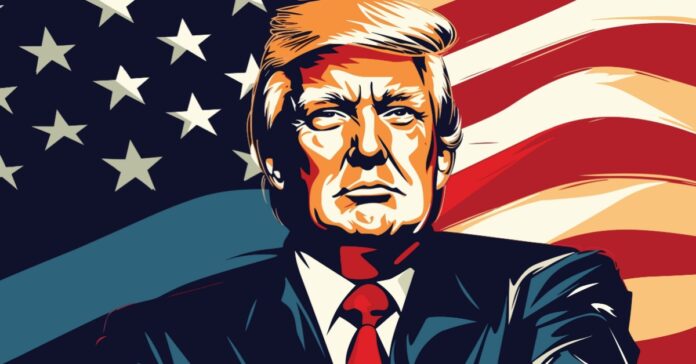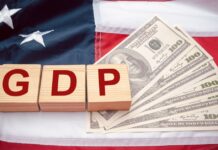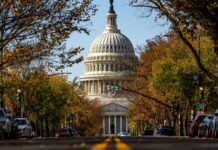
As the sun rises on January 20, 2025, President-elect Donald Trump is poised to re-enter the Oval Office with a flourish that would make even the most seasoned showman blush. His agenda for the day? A veritable blitzkrieg of executive orders aimed at reshaping the American landscape faster than you can say ‘You’re fired.’
Let’s take a closer look at the highlights of this legislative jamboree. First on the docket is immigration. Trump has made no secret of his disdain for the current state of affairs at the border, and he’s wasting no time in addressing it. One of his initial executive orders is expected to initiate mass deportations, targeting millions of undocumented immigrants residing in the United States. This move is touted as the largest operation of its kind in American history, signaling a return to the hardline policies that characterized his first term. Critics argue that such actions could lead to humanitarian crises and strain international relations, but for Trump’s base, it’s a promise kept.
Next up, tariffs. In a move that has economists reaching for their blood pressure medication, Trump plans to impose a 25% tariff on all products imported from Mexico and Canada. The rationale? To compel our neighbors to the north and south to ‘pay a very big price’ for what he perceives as their failure to curb illegal immigration and drug trafficking. An additional 10% tariff on Chinese imports is also in the works, ostensibly to penalize Beijing for its role in the fentanyl crisis. While protectionist policies have their supporters, detractors warn that such sweeping tariffs could ignite trade wars and lead to higher prices for American consumers.
Energy policy is also getting a makeover. Trump intends to dismantle several of his predecessor’s environmental regulations, clearing the way for increased domestic oil and gas production. By rolling back restrictions on drilling and fracking, he aims to achieve what he calls ‘true energy independence.’ Environmentalists are predictably apoplectic, citing concerns over climate change and ecological degradation. However, proponents argue that such measures will spur economic growth and reduce reliance on foreign energy sources.
In the realm of education, Trump is expected to take aim at the Department of Education itself. Reports suggest he may issue an order to significantly reduce the department’s scope or even dissolve it entirely, advocating for a return of educational control to states and localities. This aligns with his broader agenda of reducing federal oversight and promoting ‘school choice.’ Critics fear that such moves could exacerbate educational inequalities, while supporters cheer the potential for increased parental control and innovation in schooling.
Not to be overlooked is the financial sector, where Trump plans to ease regulations on cryptocurrencies. By establishing a Bitcoin reserve and ensuring banking access for crypto firms, he aims to position the United States as a leader in the digital currency arena. Skeptics caution that this could lead to increased financial instability and facilitate illicit activities, but advocates argue it represents a forward-thinking embrace of technological innovation.
Of course, all of this is contingent upon the cooperation of Congress and the judiciary, not to mention the complex realities of global economics and diplomacy. But if there’s one thing we’ve learned from Donald Trump’s political career, it’s that he’s not one to let the finer details get in the way of a bold headline. So, as the ink dries on this flurry of executive orders, the nation—and the world—waits with bated breath to see how these sweeping changes will unfold. Will they usher in a new era of American greatness, or are we in for a tumultuous ride? One thing’s for sure: it’s going to be an interesting four years.







